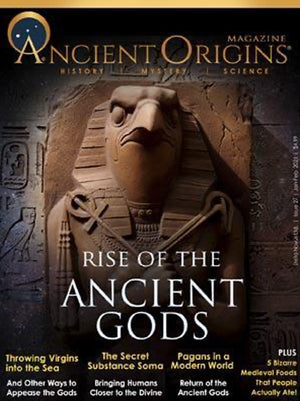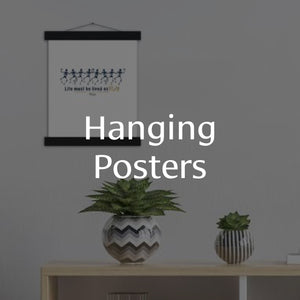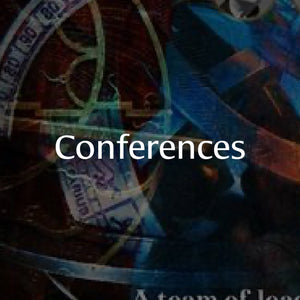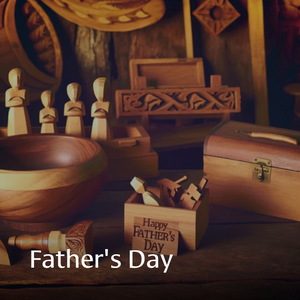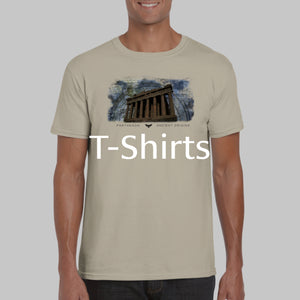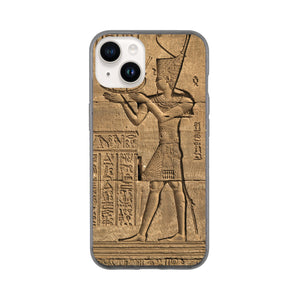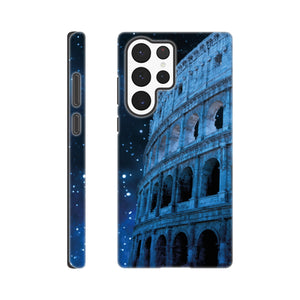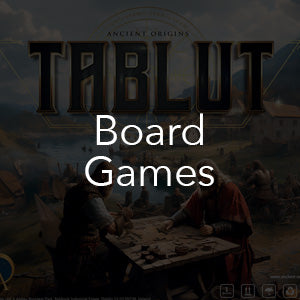
A History of Time - From Sundials to Atomic Time
- Regular price
- $17.00
- Sale price
- $17.00
- Regular price
-
- Unit price
- per
-
Product Information
Time. We never seem to have enough of it. Where did time measurement come from? How was it decided how long one second is? How do quartz and automatic movement watches work? Horologist Tim Fisher answers these questions in 60 minutes.
The ancient Egyptians measured time by sundails and water clocks which were later adopted by the Babylonians, the Greeks and the Chinese. Medieval Islamic water clocks were unrivalled in their sophistication until the mid-14th century. The hourglass, one of the few reliable methods of measuring time at sea, was a European invention and does not seem to have been used in China before the mid-16th century. Mechanical clocks were designed by the Middle Ages, the most famous by Henry de Vick in 1360. The invention of the mainspring in the early 15th century allowed small clocks to be built for the first time.
By the 18th century, a succession of innovations and inventions led to timekeeping devices becoming increasingly accurate. The electric clock was invented in 1840, and used to control the most accurate pendulum clocks until the 1940s, when quartz timers became the basis for the precise measurement of time and frequency. During the 20th century the non-magnetic wristwatch, battery-driven watches, the quartz wristwatch, and transistors and plastic parts were all invented. The most accurate timekeeping devices in practical use today are atomic clocks, which can be accurate to within a few billionths of a second per year. They are used to calibrate other clocks and timekeeping instruments.
Qualifying as a materials technician, Tim Fisher’s passion for micro mechanics first had him specialize in repairing photographic equipment. With the demise of mechanical cameras, he branched out into watchmaking. He joined the British Horological Society and he qualified in 2010 with Breitling Switzerland and became their official authorized repair agent. He has been practicing as a horologist for many years, working on some of the world’s leading timepieces and is the owner of Right Time Watchmakers


